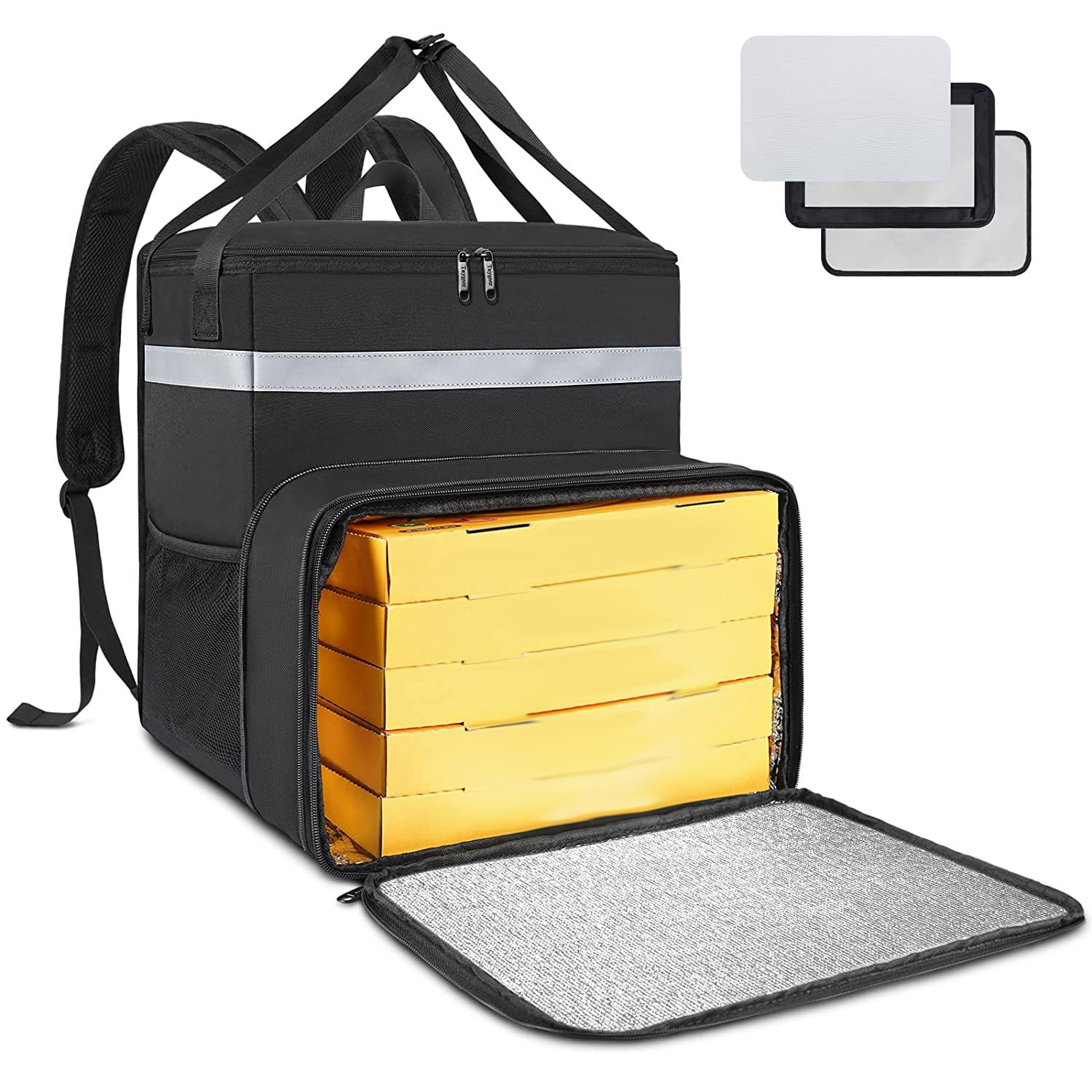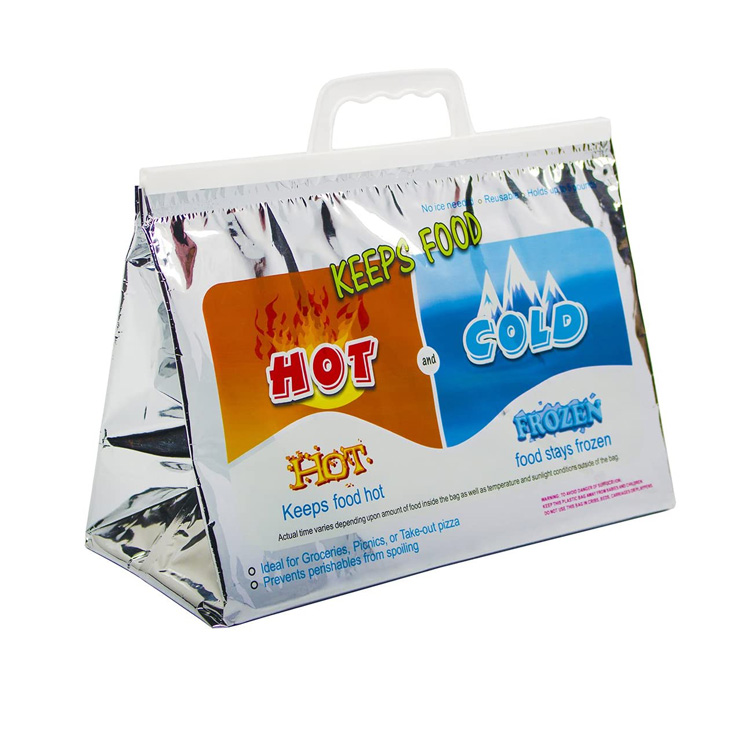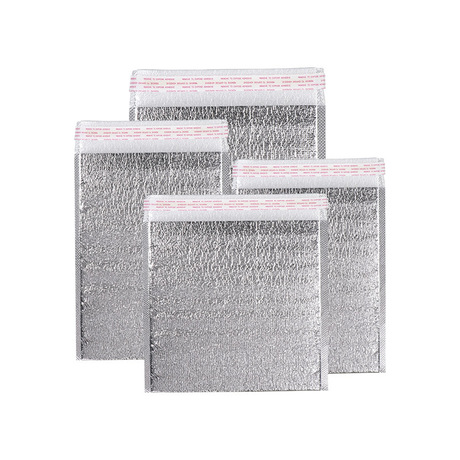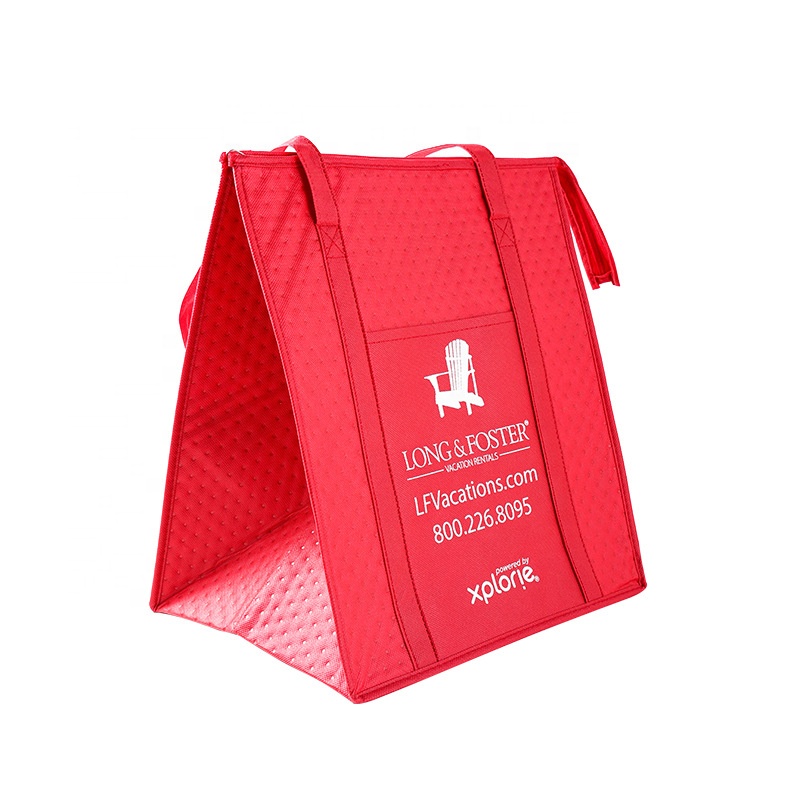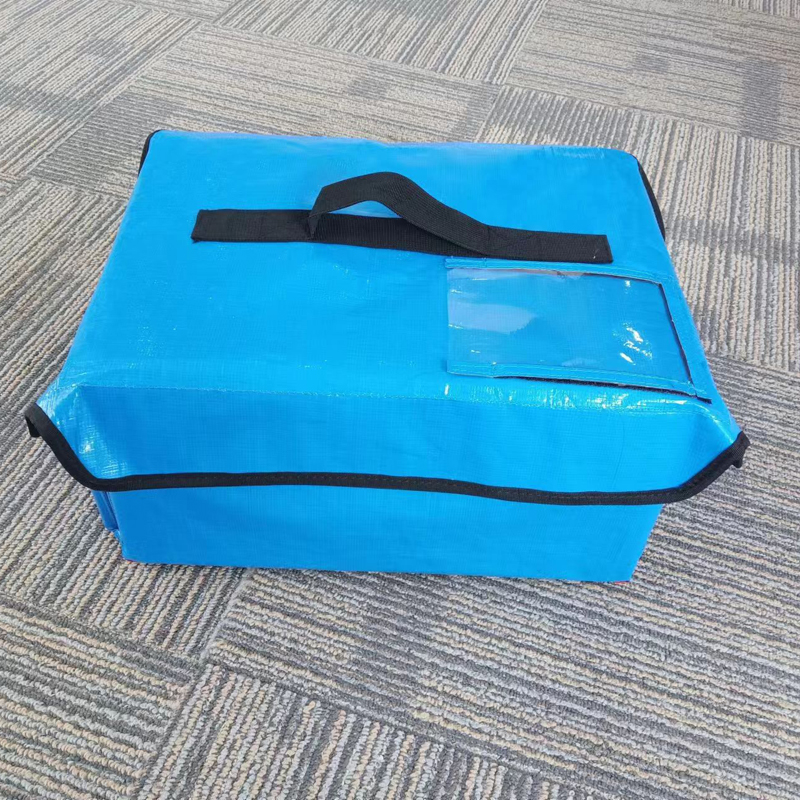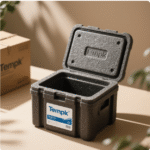In 1968, Japans Otsuka Foods Industrial Company hat ein rede zu essen mit Rindfleisch und Gemüse-Curry in versiegelten weichen Beuteln mit der Anzeige eingeführt, „Single Serving, Einfach in heißes Wasser eintauchen, Jeder kann es ohne Ausfall tun,„Vorbereitung der Vermarktung vorbereiteter Mahlzeiten.
Der Marktversuch ist die erste große Hürde für zubereitete Mahlzeiten. Um dieses neue Produkt zu entwickeln, für das keine Konservierungsmittel erforderlich sind, kann bei Raumtemperatur gelagert werden, und behält die Form von Rindfleisch und Gemüse aufrecht, nachdem sie unter Druck gesetzt und zur Sterilisation erhitzt wurden, Otsuka Foods verbrachten vier Jahre lang vier Jahre mit Forschung und Entwicklung.
Anschließend, wegen seiner Bequemlichkeit, Solche weichverpackten vorbereiteten Mahlzeiten wurden in Japan schnell beliebt. Momentan, um 100 Unternehmen in Japan bieten über 500 Ähnliche Produkte wie der Markt. Branchenumfragen zeigen, dass die Nutzungsrate verschiedener vorbereiteter Lebensmittel in japanischen Haushalten in japanischen Haushalten ist 47.7%, sie zu einem wesentlichen Bestandteil des japanischen Ernährungslebens machen.

Prepared meals in Japan come in a wide variety and are widely used; it can be said that Japanese people rely on prepared meals throughout the day.
In the field of ready-to-eat prepared meals, supermarkets and malls offer various canned and soft-canned packaged foods, vacuum-packed foods, Tiefkühlkost, and convenience foods. Some of these foods can be eaten straight from the package, while others require minimal preparation such as steaming, boiling, microwave heating, or hot water soaking. These options significantly reduce household cooking burdens, making them popular among housewives and singles.
Thanks to the development of low-temperature sterilization technology and the materials industry, in addition to previously popular items like frozen dumplings, frozen shumai, and aluminum foil vacuum-packed ready-to-eat products, Japanese manufacturers have recently developed more microwaveable transparent bagged prepared foods, which are especially popular among young people. Momentan, the traditional aluminum foil packaged prepared food market is showing signs of stagnation and facing challenges.
As for semi-prepared products like ready-to-cook items, supermarkets sell pre-washed, pre-cut vegetable packs, fruit boxes, seasoned meat products, and various flavored convenience foods. Many Japanese restaurants have fixed material suppliers, and most of these materials are pre-processed. It can be said that Japan’s food industry has achieved deep division of labor and socialization from the industrial chain perspective.

A friend of the author once worked part-time at a yakitori izakaya near the bustling Shibuya Station in Tokyo. Although the small shop, spanning four floors, could accommodate over 100 guests when fully seated, the kitchen in the basement was quite small, with only two chefs who could handle dozens of orders simultaneously. The secret lay in the fact that most of the materials were pre-processed, requiring only simple final preparation on site.
Gesamt, Japanese society is accustomed to and trusts prepared foods. People seldom worry when using prepared foods. The reliance on prepared meals is partly due to their efficiency and partly because Japan’s strict hygiene requirements in the prepared meal industry chain ensure few food safety incidents.
Strict regulation is the second major hurdle for Japan’s prepared meal industry. As early as 1948, Japan implemented the “Food Sanitation Law” and its enforcement regulations, stipulating the hygiene of food and food additives used for sale, covering material selection, Produktion, Verarbeitung, use, cooking, Lagerung, Transport, display, and delivery. The law also regulates the equipment used in the production process, packaging materials, the use of additives, how to advertise and promote sales, and the need to clearly inform consumers about food hygiene information.

Zusätzlich, to address the issue of school meals in compulsory education, Japan enacted the “School Lunch Act” in 1956, specifying meal goals, school food education responsibilities, nutritionist qualifications, meal implementation standards, and hygiene management standards.
Tatsächlich, many school, company, hospital, and welfare facility cafeterias in Japan are outsourced. Catering companies use central kitchens to process food efficiently and hygienically, delivering it to the site for simple preparation or heating and portioning. As long as production and delivery comply with legal regulations, central kitchen catering is seen as more manageable at the source, more hygienic, and more economical and efficient in Japan.
The key is to strengthen management according to the law. Japan focuses on enhancing food hygiene management from the manufacturing end. For detailed management, the Japanese government subdivides industries from the production end, with different types of manufacturers subject to different licensing reviews, industry standards, and regulatory measures. According to the latest revision of Japan’s “Food Sanitation Law” in 2021, the sealed packaging food manufacturing industry is strictly defined and categorized as a separate industry type for licensing and regulation.







